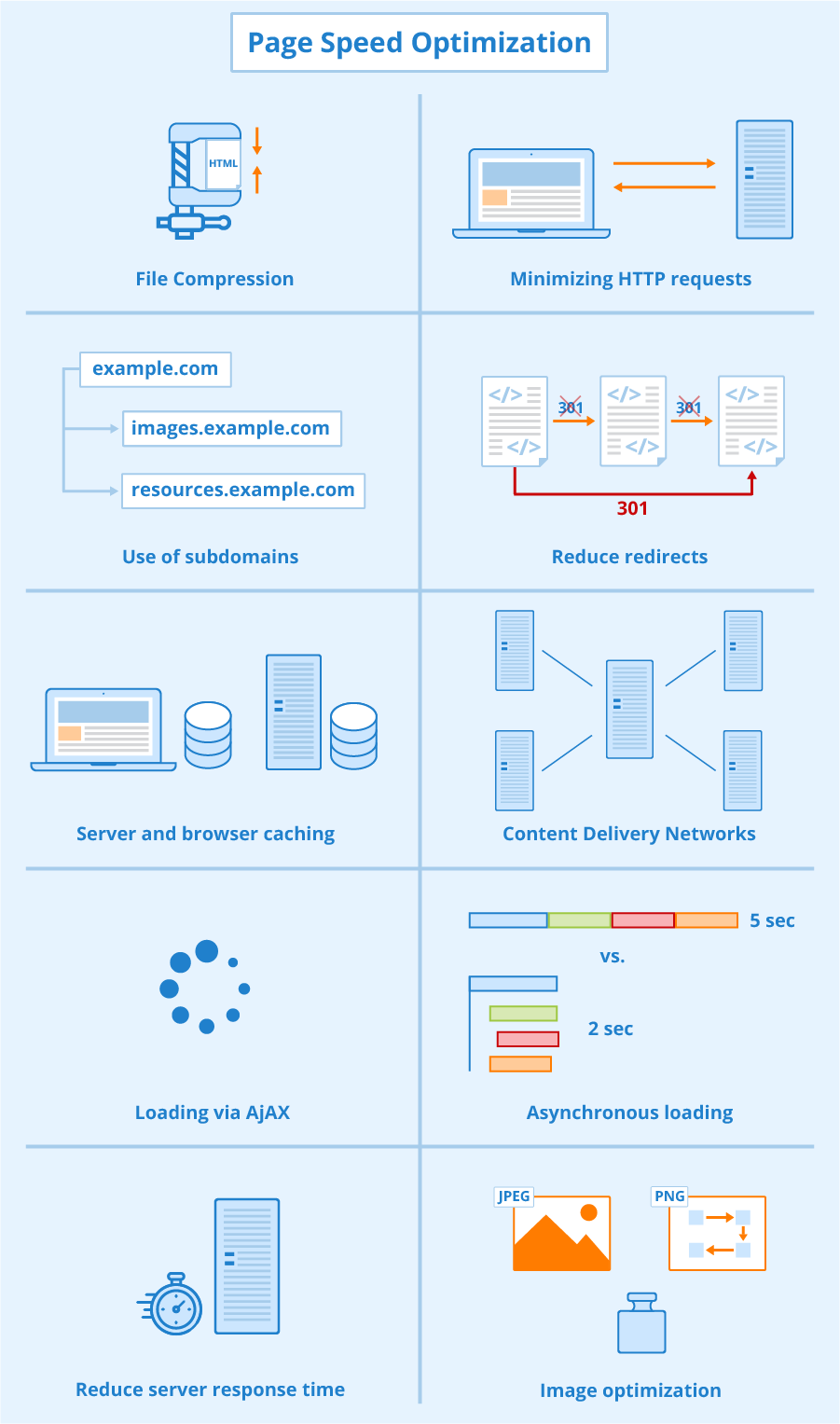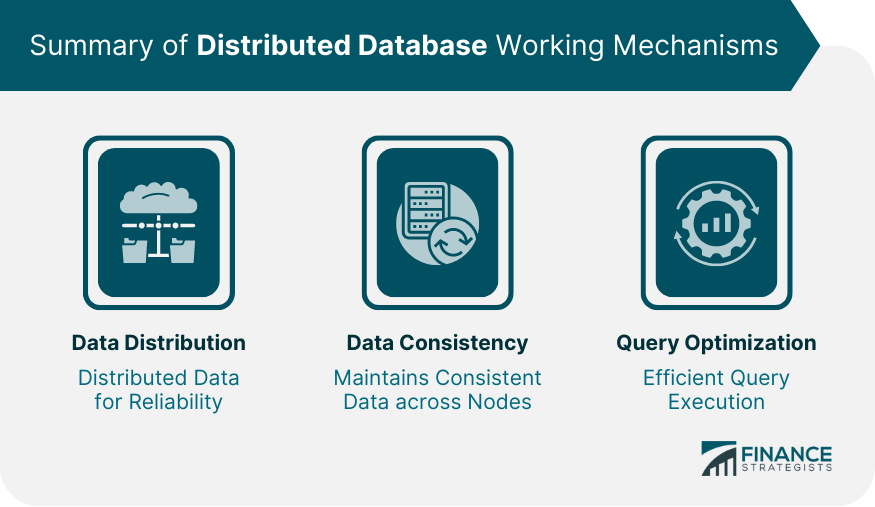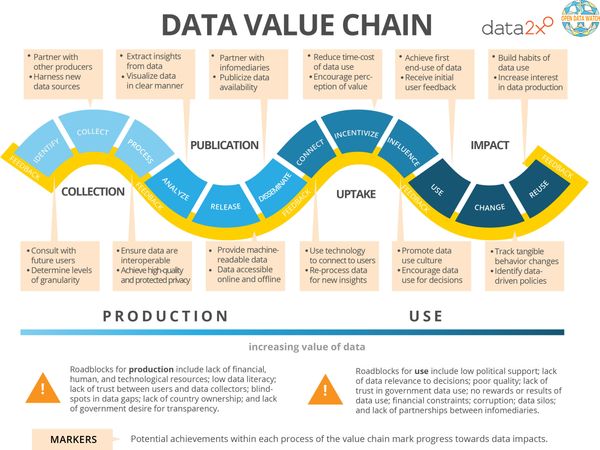Overview
What is Database Optimization?
Database optimization is the process of improving the performance of a database system. It involves various techniques and strategies to enhance the efficiency and speed of database operations. By optimizing a database, organizations can achieve faster query execution, reduced storage requirements, and improved overall system performance. The primary goal of database optimization is to minimize the time and resources required to retrieve and manipulate data, resulting in better application performance and user experience.
Importance of Database Optimization
Database optimization is crucial for ensuring the efficient and smooth functioning of any application or system that relies on a database. It involves various techniques and strategies to improve the performance of the database, reduce query execution time, and enhance overall system responsiveness. By optimizing the database, businesses can achieve faster data retrieval, minimize resource utilization, and improve user experience. One of the key areas of focus in database optimization is the choice of the database management system. MySQL tutorial is a popular choice for many developers and organizations due to its scalability, reliability, and extensive community support. With its rich features and robust performance, MySQL tutorial allows developers to build efficient and high-performing database-driven applications. By leveraging the power of MySQL tutorial, businesses can optimize their databases and ensure optimal performance for their applications.
Benefits of Database Optimization
Database optimization offers several benefits to businesses. By improving the performance and efficiency of the database, organizations can experience faster query execution times, reduced storage requirements, and enhanced overall system performance. Additionally, optimized databases can help minimize data redundancy and ensure data integrity, leading to improved accuracy and reliability of information. Furthermore, database optimization can contribute to cost savings by reducing hardware and maintenance expenses. Overall, implementing effective database optimization strategies can significantly enhance the productivity and competitiveness of businesses.
Tip 1: Indexing

Understanding Indexing
Understanding Indexing is a crucial aspect of database optimization. It involves creating and managing indexes, which are data structures that improve the speed and efficiency of database queries. Query optimization is one of the most important tasks in this process. By optimizing queries, database administrators can ensure that the database performs at its best, delivering faster response times and reducing resource consumption. Query optimization techniques include using appropriate indexes, rewriting queries, and analyzing query execution plans. By implementing these techniques, organizations can maximize the performance of their databases and improve overall system efficiency.
Choosing the Right Columns to Index
Choosing the right columns to index is crucial for effective database optimization. Indexing the appropriate columns can significantly improve query performance by allowing the database to quickly locate and retrieve the desired data. When selecting columns to index, it is important to consider the frequency of data retrieval, the cardinality of the column values, and the types of queries that will be performed. By identifying the columns that are frequently used in WHERE clauses or JOIN operations, you can prioritize indexing those columns to enhance query execution speed. Additionally, columns with high cardinality, meaning they have a large number of distinct values, are good candidates for indexing as they can help minimize the number of rows that need to be scanned. By carefully choosing the right columns to index, you can optimize your database and improve overall system performance.
Regularly Monitoring and Updating Indexes
Regularly monitoring and updating indexes is crucial for database optimization. It helps in tuning slow queries and improving overall performance. By keeping an eye on the indexes, you can identify any issues or bottlenecks and take necessary actions to resolve them. Additionally, updating indexes ensures that the data is organized efficiently, leading to faster data retrieval and query execution. Therefore, it is important to regularly monitor and update indexes to maintain a well-optimized database.
Tip 2: Query Optimization

Identifying and Analyzing Slow Queries
Identifying and analyzing slow queries is a crucial step in the process of database optimization. Slow queries can significantly impact the performance of a database, leading to slower response times and decreased overall efficiency. By identifying these queries, database administrators can gain insights into the underlying issues and take appropriate measures to optimize the database. This involves analyzing the query execution plans, identifying bottlenecks, and optimizing indexes and database configurations. By addressing slow queries, organizations can improve the overall performance and responsiveness of their database systems.
Using Proper Query Syntax
Using Proper Query Syntax is crucial for optimizing database performance. The importance of SQL in business cannot be overstated. Properly structured and optimized SQL queries can significantly improve the efficiency and speed of database operations. By using the right query syntax, businesses can ensure accurate and timely retrieval of data, which is essential for making informed decisions and driving growth. Additionally, well-written SQL queries can also enhance data security and prevent unauthorized access to sensitive information. Therefore, it is imperative for organizations to prioritize the use of proper query syntax in order to maximize the benefits of database optimization.
Optimizing Query Execution Plans
Optimizing Query Execution Plans is a crucial aspect of database optimization. It involves analyzing and improving the way queries are executed in order to enhance performance and efficiency. By optimizing query execution plans, data analysts can significantly reduce the time it takes to retrieve and process data, leading to faster and more accurate results. This process requires a deep understanding of the database schema, query optimization techniques, and the specific requirements of the data analysis tasks at hand. With the right strategies and tools, data analysts can optimize query execution plans to maximize the performance of their database systems.
Tip 3: Data Normalization
Understanding Data Normalization
Data normalization is a crucial concept in database optimization. It involves organizing data in a structured and efficient manner to minimize redundancy and improve data integrity. By eliminating data duplication and ensuring that each piece of information is stored in only one place, data normalization helps to reduce storage space and enhance query execution performance. Understanding data normalization is essential for database administrators and developers as it allows them to design efficient database schemas and optimize query execution plans.
Breaking Down Data into Smaller Tables
When it comes to optimizing your database, one crucial strategy is breaking down data into smaller tables. This approach involves dividing large tables into smaller, more manageable ones based on specific criteria or categories. By doing so, you can improve database performance and enhance data retrieval speed. Breaking down data into smaller tables also allows for better organization and reduces the likelihood of data duplication or inconsistencies. Additionally, this approach enables you to implement more efficient indexing and query optimization techniques, leading to faster and more accurate data processing. Overall, breaking down data into smaller tables is a fundamental step in achieving optimal database performance and ensuring smooth data operations.
Reducing Data Redundancy
Data redundancy refers to the duplication of data within a database. It occurs when the same piece of data is stored in multiple places, leading to inefficiencies and potential inconsistencies. Reducing data redundancy is a crucial aspect of database optimization as it helps improve storage efficiency, minimize update anomalies, and enhance data integrity. By eliminating redundant data, organizations can streamline their data management processes and ensure that accurate and up-to-date information is readily available. This ultimately leads to improved system performance and better decision-making. In the context of data analytics, reducing data redundancy is particularly important as it allows analysts to focus on the most relevant and meaningful data, leading to more accurate insights and actionable recommendations.
Tip 4: Hardware Optimization

Choosing the Right Hardware Configuration
Choosing the right hardware configuration is crucial for database optimization. One important aspect to consider is automation. With automation, you can streamline the management and maintenance of your database, reducing manual effort and increasing efficiency. By implementing automated processes, you can ensure that routine tasks such as backups, updates, and performance monitoring are performed consistently and accurately. This not only saves time but also minimizes the risk of human error. Additionally, automation allows for scalability, making it easier to handle growing data volumes and increasing workload demands. Therefore, when selecting hardware for your database, prioritize options that support automation capabilities.
Optimizing Disk I/O Performance
Disk I/O performance plays a crucial role in optimizing database performance. Efficient disk I/O operations can significantly improve the overall performance of a database. To optimize disk I/O performance, it is important to consider factors such as disk configuration, file placement, and I/O workload. By strategically configuring disk arrays, distributing data files across multiple disks, and optimizing I/O operations, database administrators can enhance the speed and reliability of data retrieval and storage. Implementing caching mechanisms and utilizing solid-state drives (SSDs) can further boost disk I/O performance. By following these tips, you can optimize the disk I/O performance of your database and ensure smooth and efficient data operations.
Scaling Up or Out
Scaling up or out is an important consideration when it comes to database optimization. It involves increasing the capacity of the database either by adding more resources to a single server (scaling up) or by distributing the workload across multiple servers (scaling out). This decision depends on various factors such as the size of the database, the expected growth rate, and the budget available. Scaling up can provide a quick solution by upgrading hardware components, such as increasing RAM or CPU power. On the other hand, scaling out offers better scalability and fault tolerance, as it allows for distributing the workload across multiple servers. It is important to carefully analyze the requirements and choose the most suitable approach for scaling the database.
Tip 5: Regular Maintenance

Performing Regular Database Backups
Performing regular database backups is crucial for maintaining the integrity and security of your data. By creating backups at regular intervals, you can ensure that in the event of a system failure or data corruption, you have a recent copy of your database that can be restored. This not only helps in minimizing downtime but also protects against the loss of critical information. Additionally, regular backups provide an opportunity to test the restoration process and validate the backup’s integrity. It is recommended to schedule automated backups and store them in a secure location to prevent unauthorized access or loss of backups.
Monitoring and Analyzing Performance Metrics
Monitoring and analyzing performance metrics is crucial for database optimization. It provides an overview of the system’s performance and helps identify bottlenecks and areas for improvement. By monitoring key metrics such as response time, throughput, and resource utilization, database administrators can gain insights into the system’s health and identify potential issues. Additionally, analyzing performance metrics allows for the introduction of indexing techniques to improve query performance. Indexing plays a vital role in optimizing database performance by organizing data in a way that facilitates efficient retrieval and reduces the need for full table scans. With a solid understanding of performance metrics and the introduction to indexing, database optimization becomes a systematic and data-driven process.
Identifying and Fixing Database Fragmentation
Database fragmentation is a common issue that can significantly impact the performance of on-premise databases. It occurs when data becomes scattered across different locations within the database, leading to slower query execution times and increased disk space usage. Identifying and fixing database fragmentation is crucial for optimizing database performance and improving overall system efficiency. By regularly monitoring and analyzing database fragmentation, administrators can take proactive measures to reorganize and compact data, reducing disk I/O and improving query response times. Implementing strategies such as index maintenance, defragmentation, and database reorganization can help address fragmentation issues and ensure the smooth operation of on-premise databases.
Conclusion

Importance of Database Optimization
Database optimization plays a crucial role in ensuring the smooth and efficient functioning of a system. It involves various techniques and strategies to enhance the performance and reliability of a database. One of the key aspects of database optimization is the optimization of queries in Oracle. By optimizing queries, the database can retrieve and process data more quickly, resulting in improved response times and overall system performance. This is particularly important in scenarios where large volumes of data are involved or when dealing with complex queries. Optimizing queries in Oracle involves analyzing query execution plans, indexing tables, and using appropriate query optimization techniques. By implementing these optimization techniques, organizations can significantly improve the efficiency and effectiveness of their database operations, ultimately leading to enhanced productivity and cost savings.
Benefits of Implementing Optimization Techniques
Implementing optimization techniques in a database has numerous benefits. One of the key benefits is the ability to obtain actionable intelligence from the data. By optimizing the database, businesses can extract valuable insights and make informed decisions based on the data analysis. Optimization techniques help in improving query performance, reducing storage space, and enhancing overall system efficiency. With actionable intelligence at their fingertips, organizations can streamline operations, identify trends, and drive growth. It is essential for businesses to implement optimization techniques to stay competitive in today’s data-driven world.
Continuous Improvement for Database Performance
Continuous improvement for database performance is crucial for maintaining optimal functionality and efficiency. By regularly analyzing and optimizing your database, you can identify and address any performance bottlenecks or inefficiencies. This process involves monitoring query execution times, identifying slow-running queries, and optimizing database schema and indexing strategies. Additionally, implementing caching mechanisms and utilizing database performance tuning techniques can further enhance the overall performance of your database. With continuous improvement efforts, you can ensure that your database is operating at its best, providing fast and reliable access to data for your applications and users.
In conclusion, OptimizDBA Database Optimization Consulting is the trusted industry leader in remote DBA services. With over 500 clients and a track record of delivering transaction speeds that are at least twice as fast as before, we guarantee a significant increase in performance. Our average speeds are often 100 times, 1000 times, or even higher! If you’re looking to optimize your database and experience unparalleled performance, contact OptimizDBA today. Visit our website to learn more about our services and how we can help you achieve optimal database performance.







